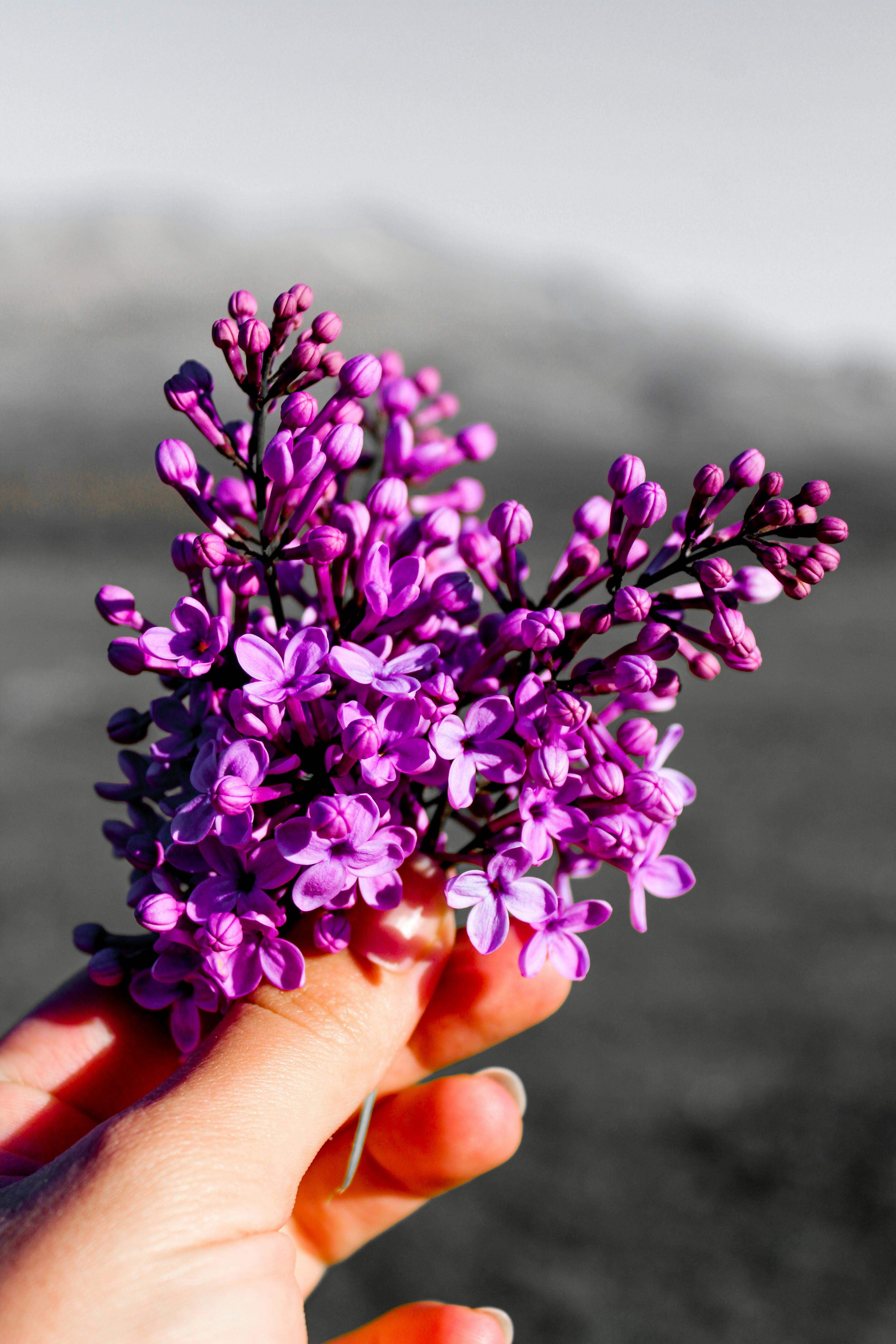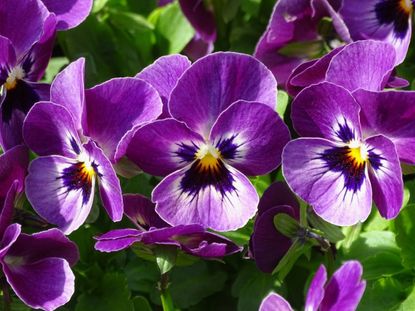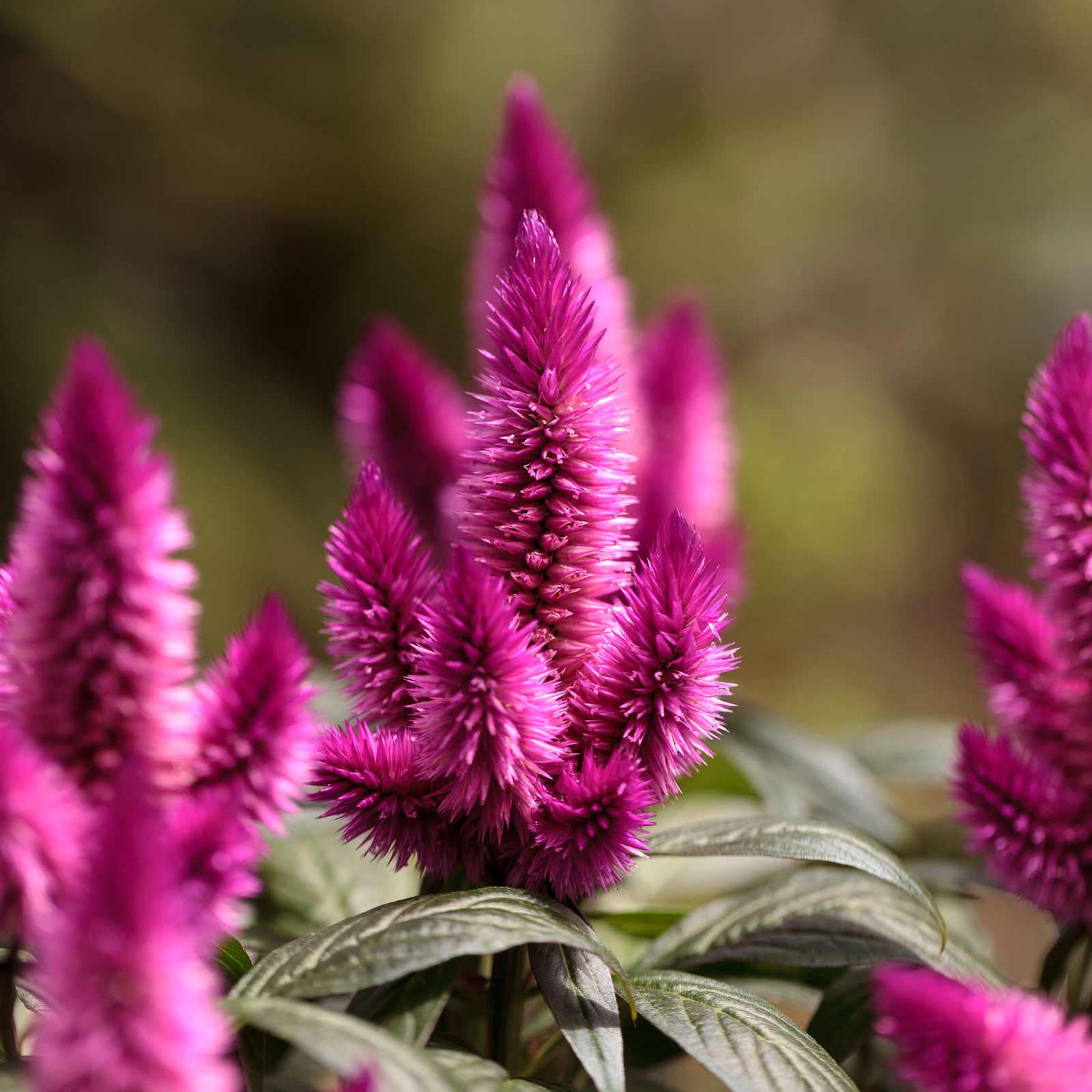Unlock Your Garden’s Magic: How a Plant Can Produce Purple Flowers!

Back when I started my first patch of sweet peas, I thought choosing a purple-blooming plant meant that’s exactly what I’d get—a neat row of royal blossoms. Turns out, the truth was both simpler and sneakier than anything a textbook told me.

On that cool May afternoon in 2019, I gently pushed little seeds labeled “Purple Majesty” into the soil. Weeks later, as blooms unfurled, I was greeted by a motley crew: regal purples here and—wait—a whole cluster of white and blush pinks there. My neighbor Mrs. Lee hollered from her porch, “Looks like you got more than you bargained for!” She was right, but she wasn’t surprised. I soon learned why.
The Overcomplicated Myth
Ask a botanist or read an academic paper on flower color inheritance and you’ll meet a labyrinth of diagrams—polygenic traits! Epistasis! Molecular pathways! But after years poking around gardens and trading stories under sun hats with old-timers (who always seem to know the real scoop), here’s what boils down after all those fancy words:
Flower color mostly comes down to what’s inside the seed—its genes—but two simple rules unlock most surprises:
- If both parents were truly purple-only, so are most kids.
- If they have some sneaky white or pink relatives? Expect a few plot twists.
It really is that straightforward if you’re just looking for practical answers—not writing a doctoral thesis.
Where Experts Trip—and Where Simplicity Wins
Let me show you how my approach changed everything the following year.
I stopped worrying about molecular genetics diagrams and instead did this:
- Dug up ten seeds from one plant with deep purple blooms
- Planted them side by side
- Kept notes in my battered garden notebook (penciled sketches included)
- Marked which plants had any off-color blooms
The result? Seven purple-flowered plants… and three rebels waving white petals at me from across the bed.

If you’ve ever cracked open an old copy of Mendel’s experiments (or, like me, just heard your granny call him “that pea guy”), it matches his predictions perfectly: Some traits dominate—the rest lurk quietly until paired up together.
Here’s how it sounded over morning coffee:
Me: "Only three white ones this year. Wonder if I can get it down to none?"
Mrs. Lee: "Save seeds only from your deepest purples next time—and chuck any lookers from pale or mixed parents."
So much for complexity; turns out natural selection isn’t reserved for Darwin alone—it’s alive every spring in backyards like mine.
A Simple Path Anyone Can Follow
Forget punishing yourself with Punnett squares (unless you’re visual like me—then doodle away). Here’s what finally worked:
- Plant more than just one or two seeds—shoot for 10 or even 20.
- Record exactly which parent they came from, especially if you’re aiming for that signature color.
- When blooming season hits, don’t cry over surprise whites—instead, jot it down and move forward.
- Collect seeds only from plants that gave pure purple flowers all season long.
- Repeat next year.
Before long—about three blooming cycles—I had nearly all purples popping up each May.

The Dirt Under My Fingernails Version
Honestly? The textbooks rarely mention just how persistent unexpected colors can be—or how satisfying it feels when your hard work pays off in uniform waves of color after seasons of trial and error (and mild frustration).
Ask anyone who breeds zinnias or daylilies: those “failed first attempts” teach more than years in a classroom.
One summer after weeding through rogue whites for seasons on end, my daughter peeked over and said, “Finally—all purple! Did you cheat?” Nope—I just kept listening to my garden instead of getting tangled in unnecessary theory.
Why This Matters for You
If gardening teaches anything, it’s patience with nature’s quirks—and not letting experts talk you into thinking basic steps are too advanced for everyday folks:
- Observe patiently
- Record honestly—even the oddballs
- Select simply
- Repeat with small adjustments
Most importantly? Don’t be discouraged by detours—the best discoveries often start with “what went wrong?”
My Pocket-Sized Rulebook For Predicting Flower Color
No need for expensive test kits or DNA labs:
- Watch several generations if possible—don’t judge by just one crop
- Trust simple note-taking over complex calculations
- If in doubt about your results, ask around at the local nursery; those veteran green thumbs have wisdom PhDs envy!
When someone asks how my beds became reliably purple without fancy tech or jargon-filled lectures? The answer is easy—
"I paid attention, stuck to simple steps…and let nature do its thing."
So next time someone warns you about hidden alleles and gene expression pathways, just smile—and remember Mrs. Lee’s words drifting through the lavender haze:
“Save seeds from what works; let nature sort out the rest.”
And that’s all there is beneath those petals—the secret isn’t complicated science…just a touch of observation mixed with patient persistence.<|diff_marker|>



